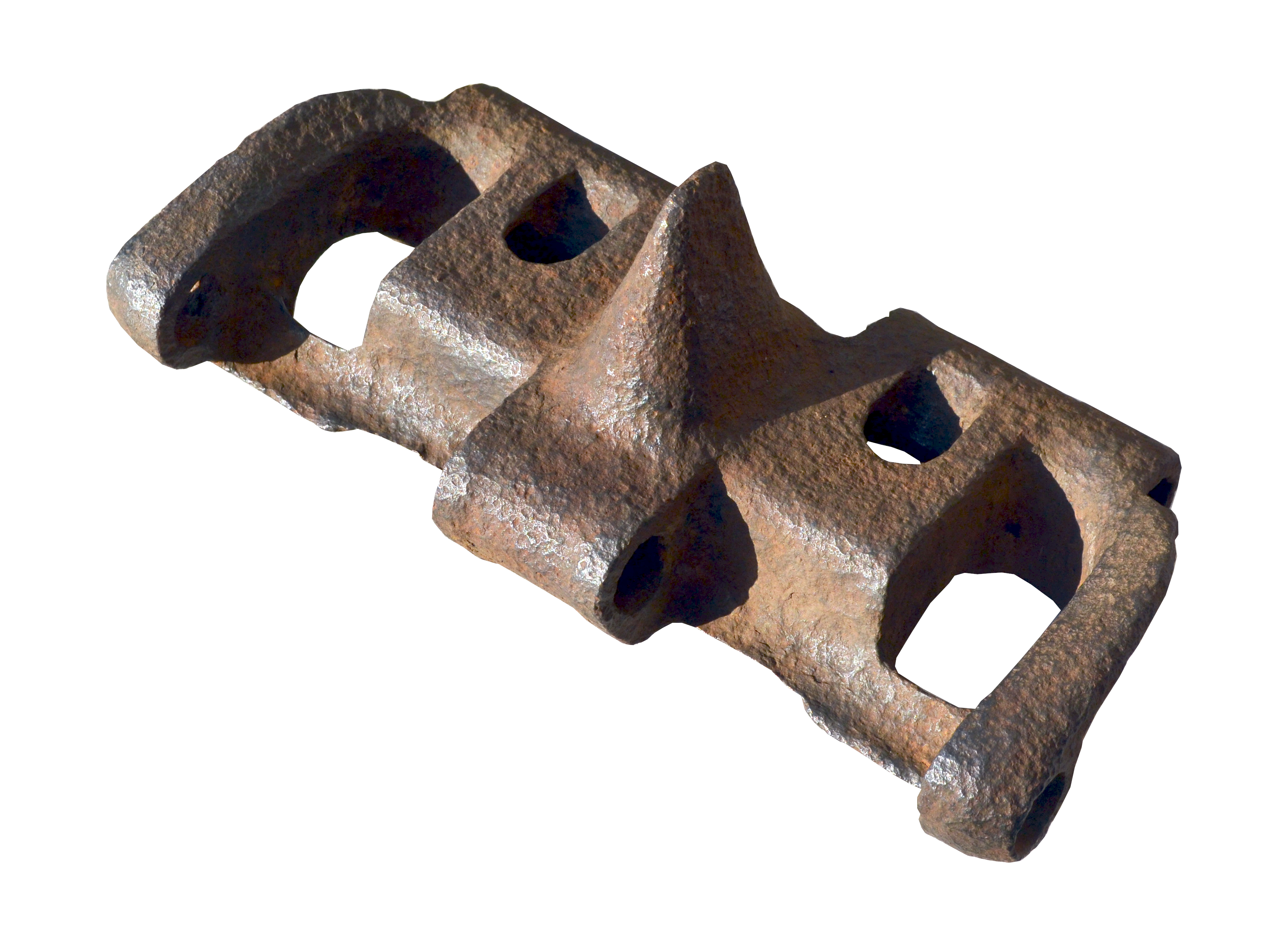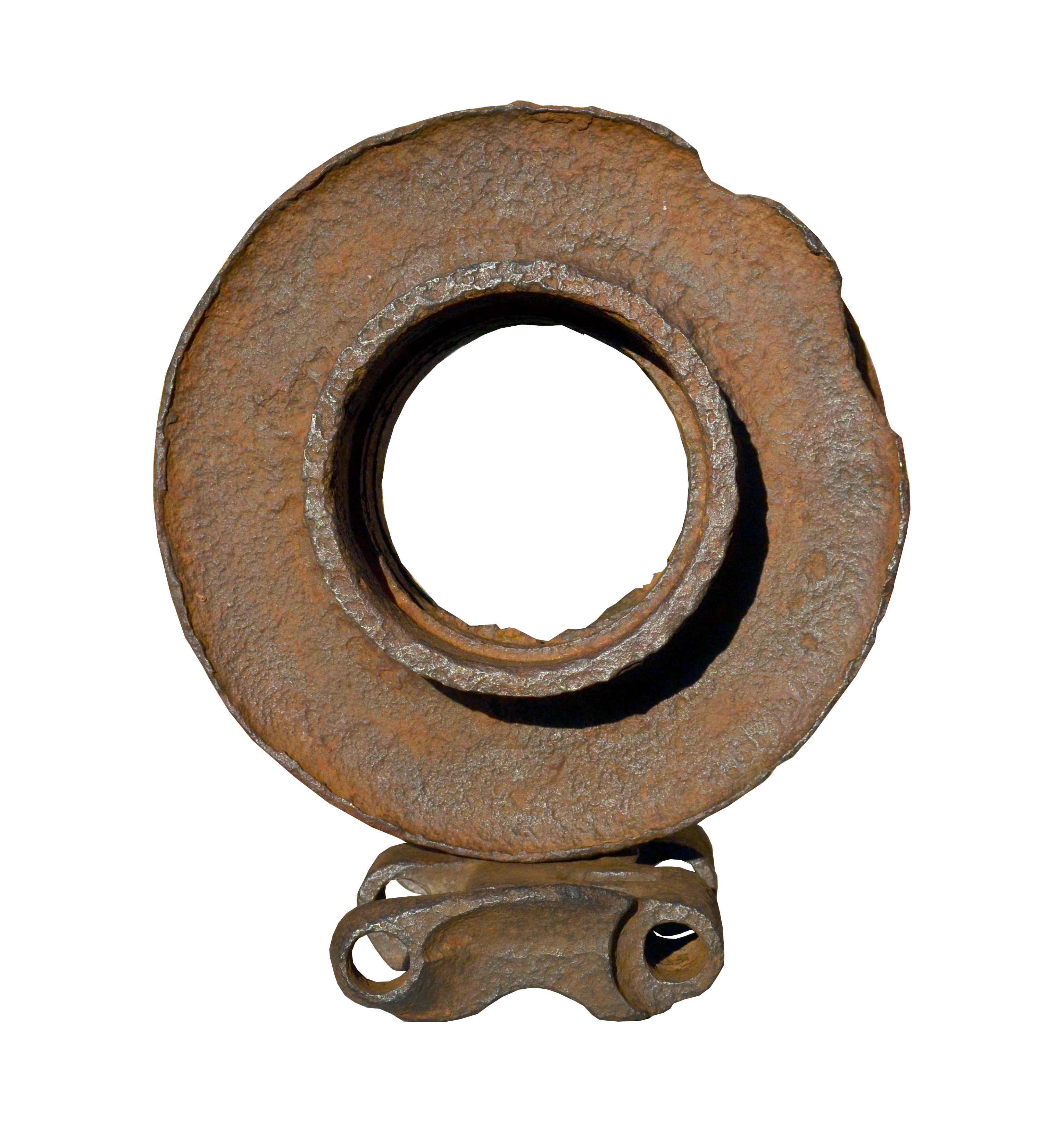In 1928/29 Vickers-Armstrong designed a light tank with an eye on exports to less technically-advanced countries. The result was the Vickers 6-Ton Tank. It was intended to be simple both to operate and maintain; thus nations perceived as being as of lesser industrial advancement were the target for sales. Advertised around the globe in specialist publications, the Polish and Soviet Russian governments were among those who expressed an interest and placed orders. Both the Polish and Russians would use the Vickers tank as the basis, but the result would be a home-produced design.

The Poles created the 7TP, with the Russians developing the T-26. Both tanks would go on to meet on the field of combat in 1939 during the invasion of Poland. The 7TP only saw around 150 examples produced, whereas 10,300 of the T-26 were built, along with 1,701 other vehicles based on the same chassis, before production ceased.

The Poles created the 7TP, with the Russians developing the T-26. Both tanks would go on to meet on the field of combat in 1939 during the invasion of Poland. The 7TP only saw around 150 examples produced, whereas 10,300 of the T-26 were built, along with 1,701 other vehicles based on the same chassis, before production ceased.
 The T 26 was used throughout the war, although was already effectively obsolete (in terms of armament and armour) by September 1939, when compared to other tanks available on the battlefield.
The T 26 was used throughout the war, although was already effectively obsolete (in terms of armament and armour) by September 1939, when compared to other tanks available on the battlefield.
Here we present some relics of a T-26. Both parts are reputed to have originated from the same vehicle, which was destroyed in combat in Russia in 1942. We have a single track link along with one of the lower track wheels. The wheel, as seen in our header image, would originally have had a rubber tyre and been mounted in pairs as part of a quadruple, suspended bogie. These provided the ride comfort for the crew, along with retaining the tension in the tracks.

The tank was armed with a 45 mm gun in the turret along with a single machine gun in the hull. The tanks were only produced until 1941.
Back

The tank was armed with a 45 mm gun in the turret along with a single machine gun in the hull. The tanks were only produced until 1941.
Back
